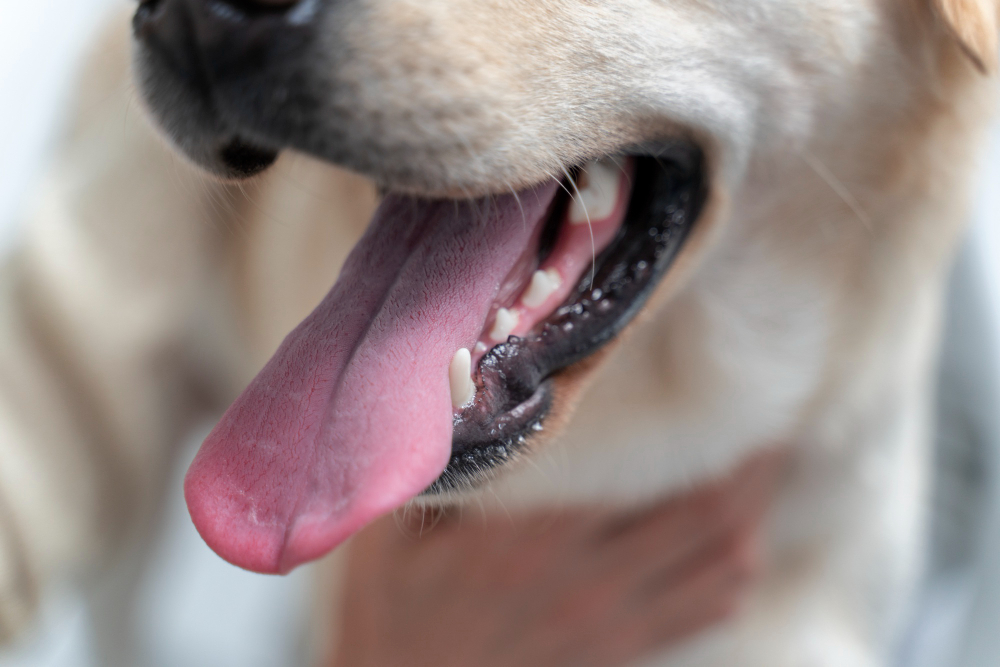
The Whisker Wonders: Exploring the Purpose and Function of Why Dogs Have Whiskers
Regarding dogs, every aspect of their physiology seems to have a purpose—right down to their whiskers. These tiny, sensory protrusions that adorn a dog’s face might seem inconspicuous, but they play a vital role in their sensory experience and communication with the world around them. In this exploration, we delve into the purpose and function of why dogs have whiskers, unraveling the mysteries behind these delicate yet remarkable features.
The Role of Whiskers
Whiskers, or vibrissae, are specialized tactile hairs extending beyond a dog’s fur coat. Far from being mere adornments, whiskers are sensory powerhouses that help dogs navigate their environment with precision and finesse. These hairs are deeply rooted in the dense nerve endings within a dog’s facial muscles, making them exceptionally sensitive to the slightest touch or movement.
Whiskers as Touch Sensors
The primary function of whiskers is to serve as touch sensors, helping dogs gather information about their surroundings. Whiskers are strategically positioned on a dog’s muzzle, above their eyes, cheeks, and even lower jaw. When a dog brushes against objects, their whiskers detect changes in air currents and vibrations, providing them with valuable insights about nearby objects’ shape, texture, and movement.
Whiskers and Nocturnal Activities
Dogs are crepuscular animals, meaning they are most active during dawn and dusk. Whiskers play a crucial role in aiding their activities during these low-light periods. By picking up on subtle changes in air currents and vibrations, dogs can detect the presence of obstacles, potential prey, or even other animals in their vicinity. This heightened sensory perception allows dogs to move confidently and efficiently, even in dim lighting.
Whiskers and Communication
Whiskers aren’t just tools for environmental exploration—they also play a role in communication among dogs and humans. When dogs interact with each other or with their human companions, they often use their whiskers to gauge distance and express emotions. For instance, dogs might angle their whiskers forward as a sign of curiosity or flatten them against their face to signal submission or caution.
Whiskers and Expressions
Much like a dog’s tail and ears, whiskers can serve as indicators of their emotional state. When a dog is excited, their whiskers might angle forward, reflecting their alertness and enthusiasm. Conversely, when a dog is fearful or anxious, it might press their whiskers tightly against their face, which mirrors their attempt to make itself appear smaller and less threatening.
Whiskers and Canine Anatomy
Whiskers vary in length and thickness depending on a dog’s size and breed. Larger dogs often have longer whiskers, which serve them well in detecting objects and potential threats in their environment. On the other hand, smaller dogs might have shorter whiskers that are equally adept at helping them navigate their surroundings precisely.
The Overstimulation Phenomenon
While whiskers are indispensable tools, there is a phenomenon known as “whisker fatigue” that dogs can experience. Whisker fatigue occurs when a dog’s whiskers become overstimulated due to constant contact with various surfaces. This can lead to sensory overload and stress, causing a dog to retreat or become irritable. Providing dogs with more comprehensive food and water bowls that don’t touch their whiskers can be beneficial to mitigate whisker fatigue.
Appreciating Canine Sensory Abilities
As we marvel at the complexities of a dog’s whiskers, we gain a deeper appreciation for the sensory wonders that enhance their interactions with the world. From tactile exploration and communication to night-time navigation and emotional expression, whiskers are a testament to the intricate design of dogs’ sensory systems. These unassuming features remind us that every aspect of a dog’s anatomy serves a purpose, adding to the rich tapestry of their existence and the intricate bond they share with humans.

